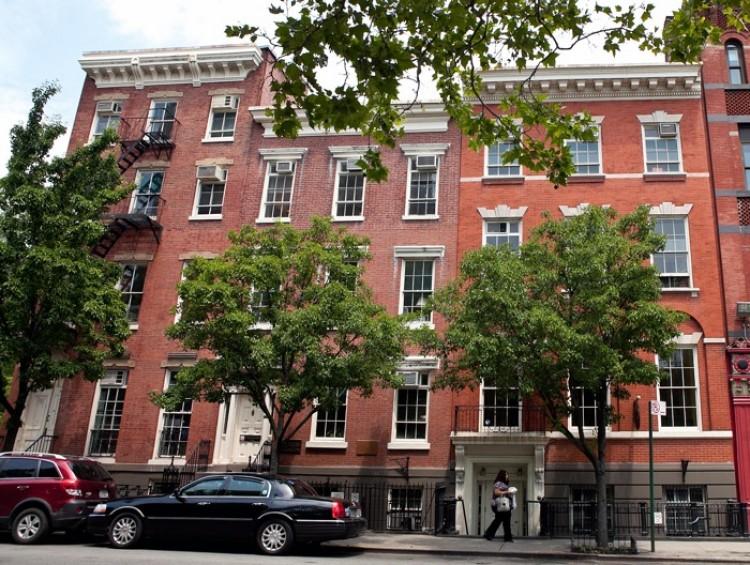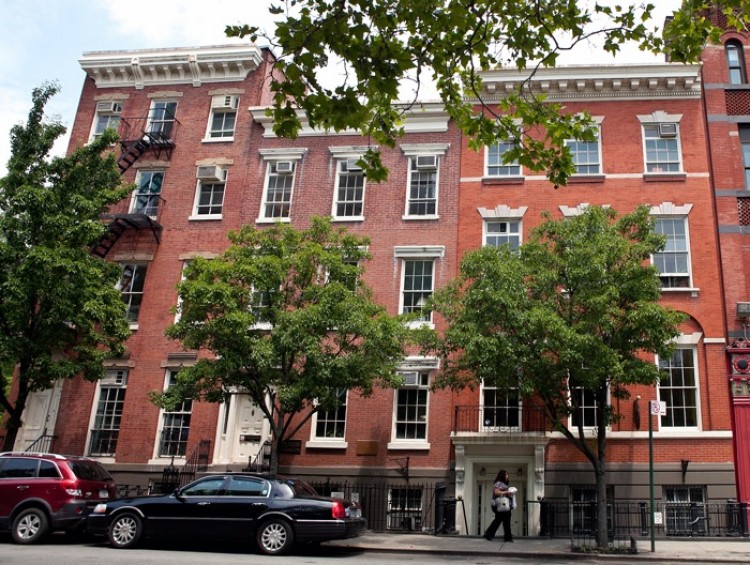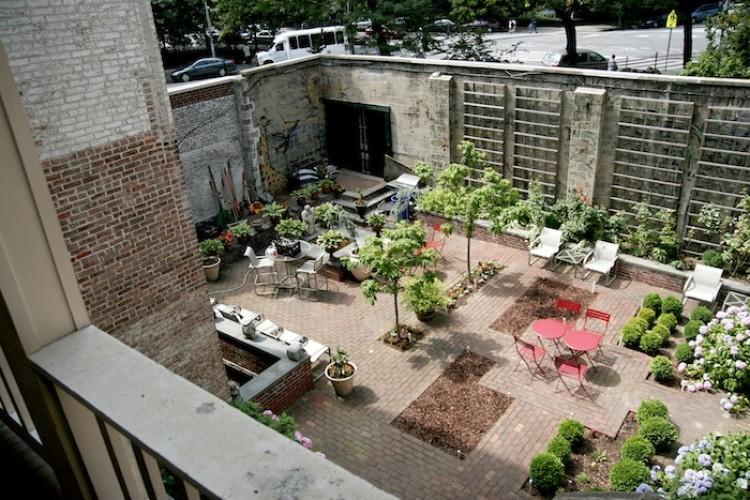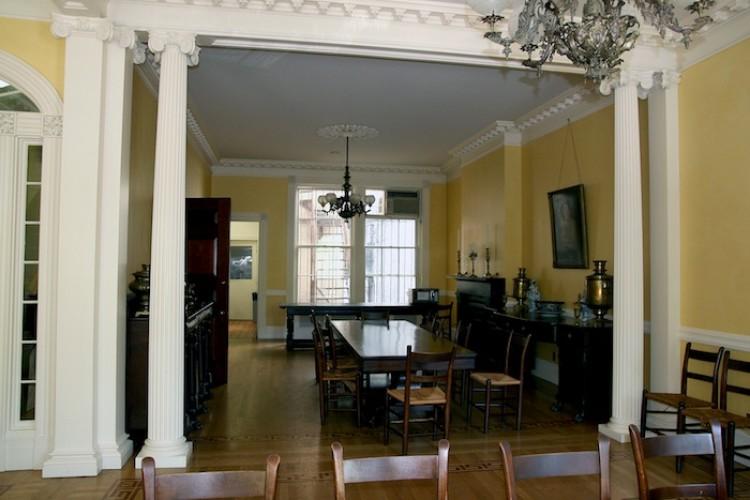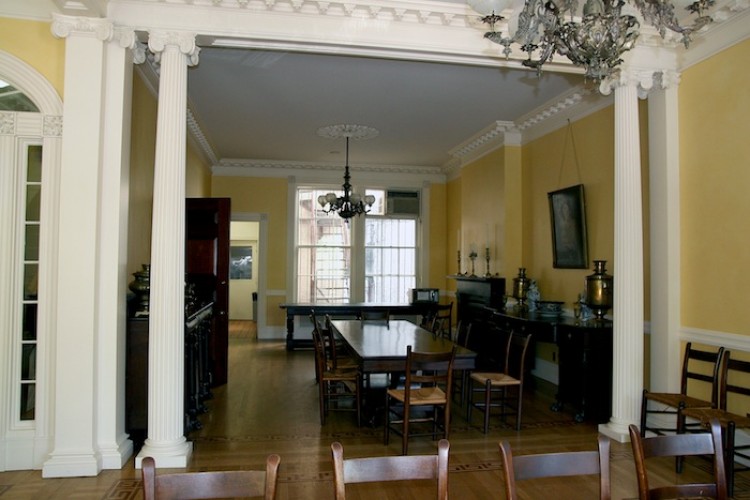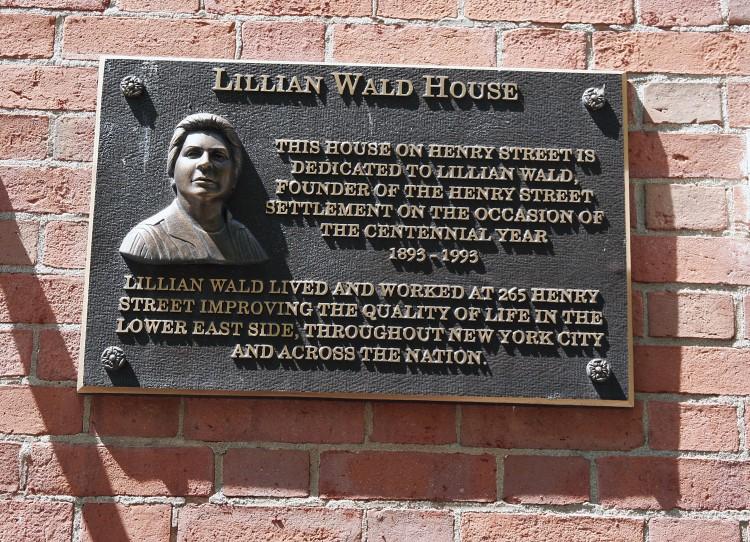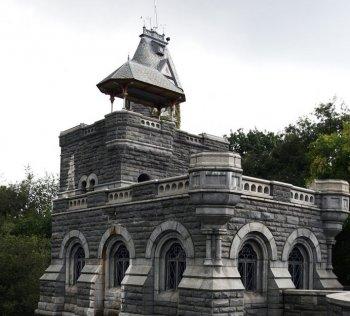Henry Street Settlement
263, 265 and 267 Henry Street
Year built: C. 1830’s
NEW YORK—In the 1890s, Lillian Wald, a young nurse in her twenties, moved to the Lower East Side to offer health care to the burgeoning population of what had become the country’s poorest and most overcrowded slum.
Seeing the dreadful conditions of the largely immigrant population, Wald founded the Henry Street Settlement in 1893 to care for the poor. In 1895 banker Jacob Schiff gave Ward a house at 265 Henry St., where she lived and housed many nurses that offered free or sliding scale services. The building became the headquarters for the settlement, the two buildings on either side, at 267 and 263, were later added in 1908 and 1934.
The three Federal style row houses are a few survivors of what was once a fashionable neighborhood populated by wealthy merchants and captains of ships docked at the nearby South Street Seaport. The elegant homes faced in brick have the spare decoration of the Federal style and serve as a timeline and history of the area. As immigrants populated the Lower East Side, wealthier New Yorkers moved uptown and row houses were replaced by tenement buildings and then by housing projects in the years to come.
In April of this year the Municipal Art Society of New York announced a program that will explore ways of greening the city’s older buildings while preserving their architectural heritage. The program’s initial project will use the Henry Street Settlement to explore measures to lower energy costs, and later phases will explore ways to make more substantial cuts in energy usage and the use of renewable energy sources.
